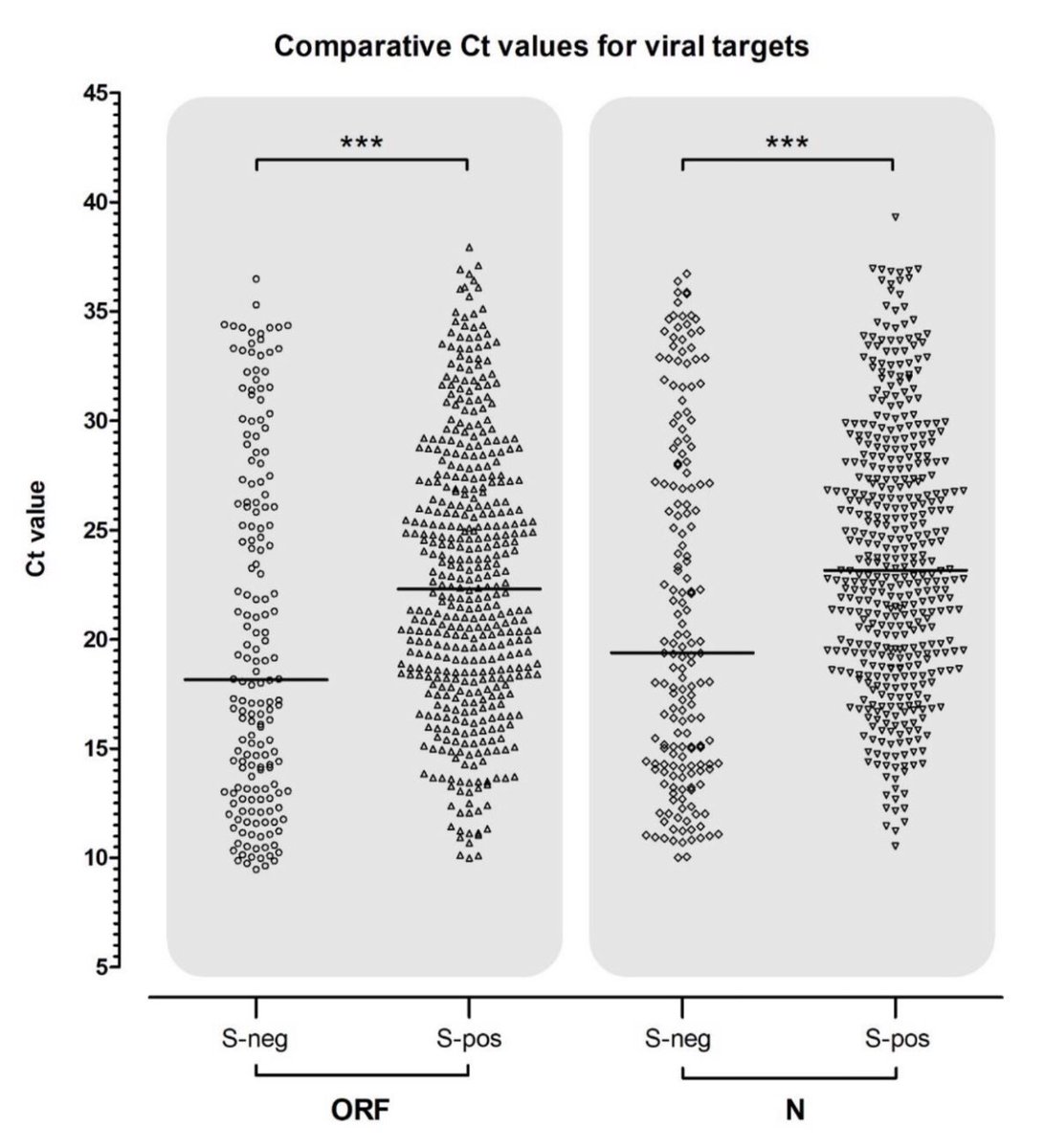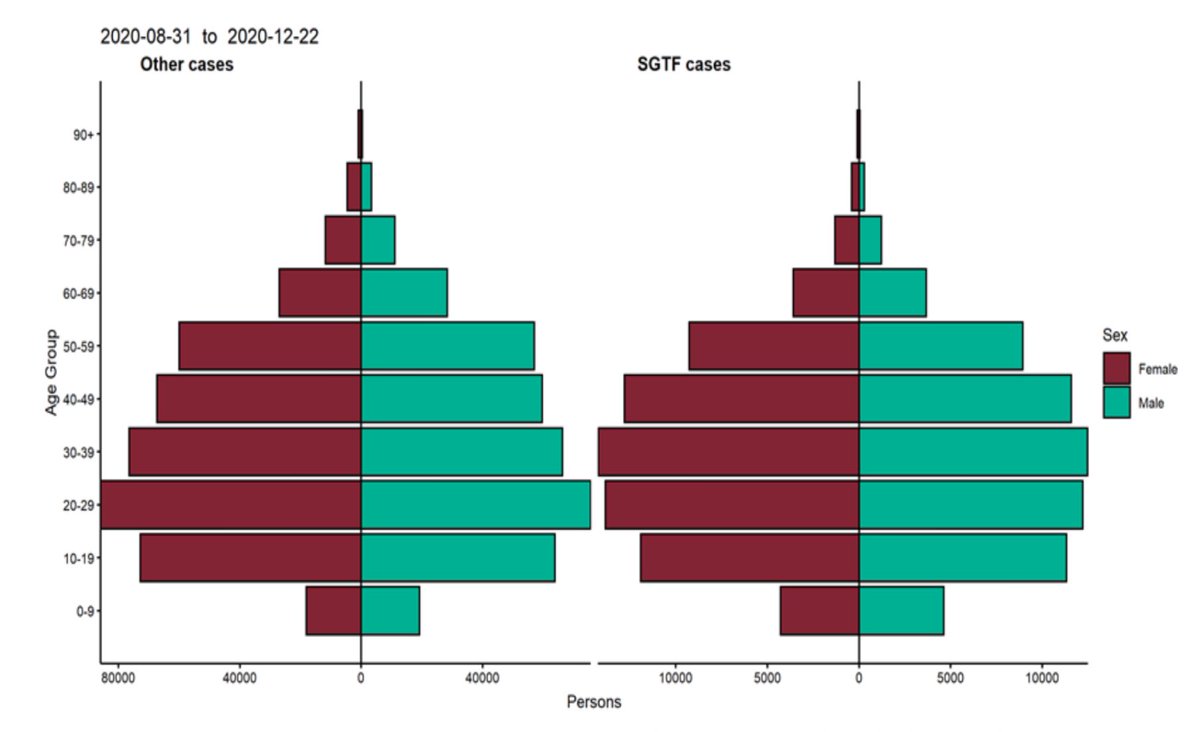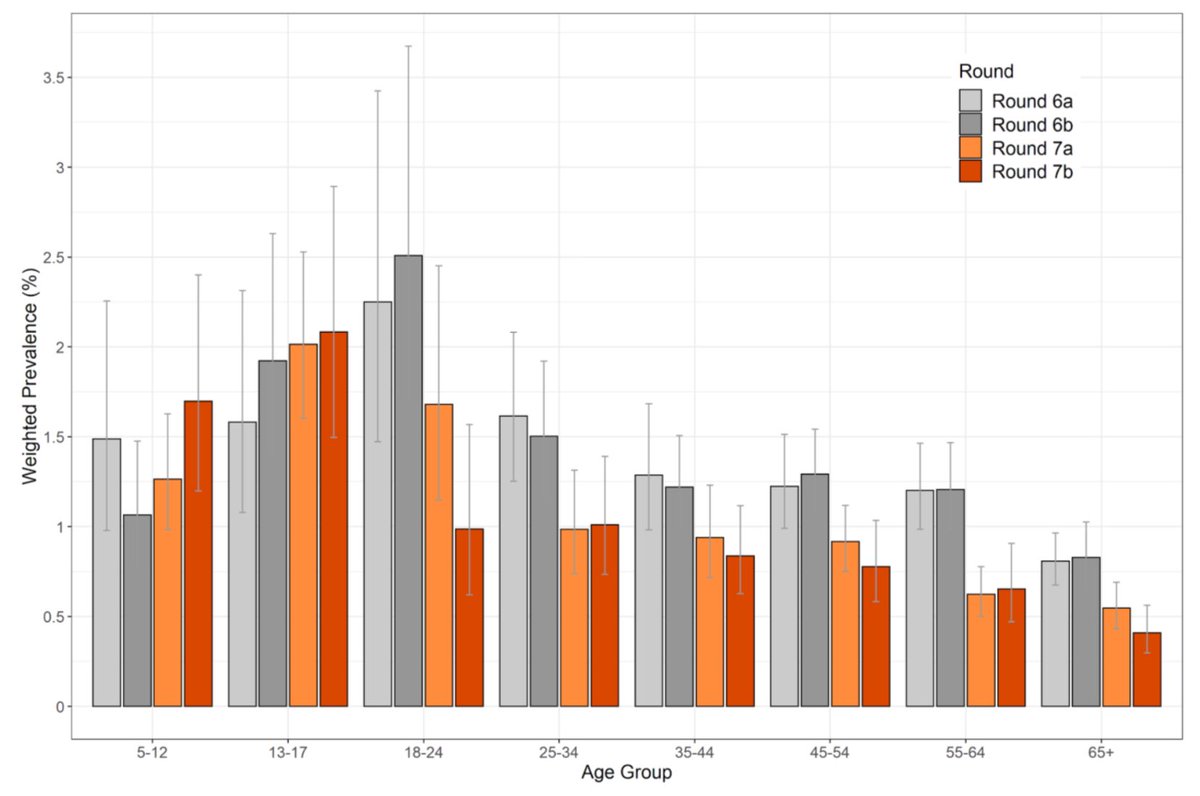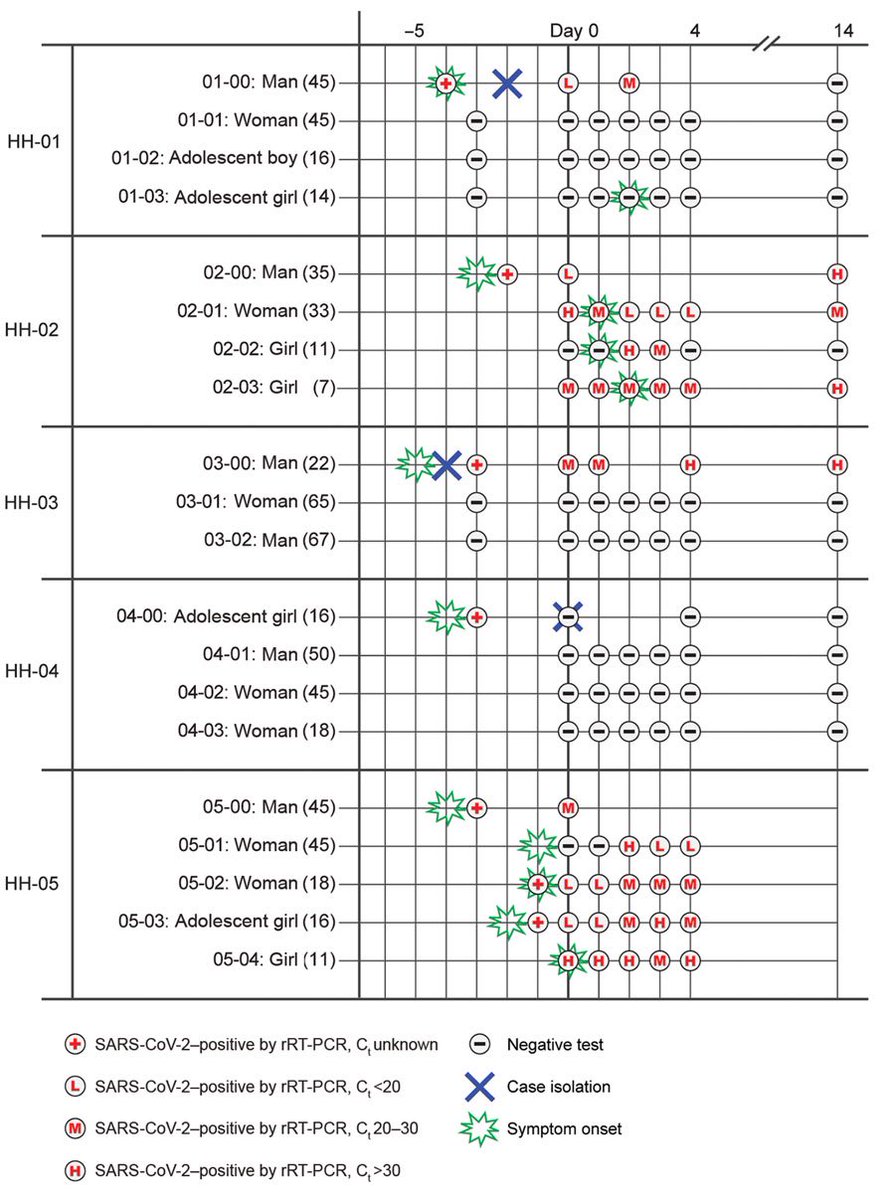
The evidence is in, and the UK variant does appear to be of great concern. The viral load of infected people is higher, and it seems to be about 50% more transmissible. It doesn’t appear to cause more severe illness, but more cases will unfortunately result in greater mortality. 

The estimated viral load of people infected with the new variant is substantially higher, although it is not yet clear why. Further laboratory studies will hopefully explain this.
medrxiv.org/content/10.110…
medrxiv.org/content/10.110…
In contrast to early speculation, children do not appear to be markedly more susceptible to the new variant. 

An investigation using NHS contact tracing data found 15.1% of contacts of people infected with the new variant became infected, compared to 9.8% of contacts of people infected with an older variant.
assets.publishing.service.gov.uk/government/upl…
assets.publishing.service.gov.uk/government/upl…
Mortality does not seem to be substantially different.
In an analysis of 2,700 people followed for 28 days, 0.89% of people with the new variant died compared to 0.73% of those with older variants. This was not statistically significant.
assets.publishing.service.gov.uk/government/upl…
In an analysis of 2,700 people followed for 28 days, 0.89% of people with the new variant died compared to 0.73% of those with older variants. This was not statistically significant.
assets.publishing.service.gov.uk/government/upl…
Unfortunately, owing to exponential growth, a 50% increase in transmissibility is worse than it sounds, and will lead to more deaths than a similar increase in lethality would.
https://twitter.com/adamjkucharski/status/1343567425107881986?s=21
There is no evidence to suggest measures to limit transmission of the virus such as masks and ventilation will no longer be effective.
However, measures to limit contacts will need to be more strict to keep transmission in check.
However, measures to limit contacts will need to be more strict to keep transmission in check.
https://twitter.com/moritzgerstung/status/1344239148174090240?s=21
More on the spread of the new variant by @TWenseleers, showing that it really is more transmissible, and can’t simply be explained by a few superspreading events.
https://twitter.com/twenseleers/status/1343575693544796160?s=21
It’s also worth adding that while children don’t seem to be more susceptible to this variant, they nonetheless are susceptible to infection, and transmit.
Given the increased transmissibility of the variant, we can unfortunately expect more transmission to occur in schools.
Given the increased transmissibility of the variant, we can unfortunately expect more transmission to occur in schools.
• • •
Missing some Tweet in this thread? You can try to
force a refresh







